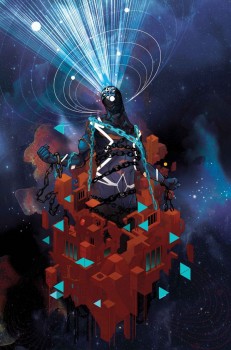Future Treasures: Infinity Wars, edited by Jonathan Strahan
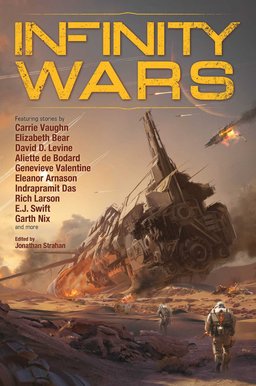 Infinity Wars is the sixth volume in what Jonathan Strahan calls The Infinity Project, a series of science fiction anthologies from Solaris that include Reach For Infinity (2014), Meeting Infinity (2015), and one of the most acclaimed anthologies of last year, Bridging Infinity (2016). Jonathan says he’s “already pushing ahead on the seventh.”
Infinity Wars is the sixth volume in what Jonathan Strahan calls The Infinity Project, a series of science fiction anthologies from Solaris that include Reach For Infinity (2014), Meeting Infinity (2015), and one of the most acclaimed anthologies of last year, Bridging Infinity (2016). Jonathan says he’s “already pushing ahead on the seventh.”
The success of the project is a huge vindication for Solaris, who took a chance on the ambitious series just when it was starting to look like the original SF and fantasy paperback anthology was dead. Infinity Wars arrives in trade paperback next month. Here’s the description.
Conflict is Eternal
We have always fought. Tales of soldiers and war go back to the very roots of our history, to the beginnings of the places we call home. And science and technology have always been inextricably linked with the deadly art of war, whether through Da Vinci’s infamous machineries of war or the Manhattan Project’s world-ending bombs or distant starships fighting unknowable opponents.
Oppenheimer once wrote that “the atomic bomb made the prospect of future war unendurable. It has led us up those last few steps to the mountain pass; and beyond there is a different country.” But unendurable or not, future always comes. War was integral to science faction at its birth and remains so today, whether on the page or on the screen.
Infinity Wars asks one question: what would Oppenheimer’s different country be like? Who would fight it? Because at the end of it all, it always come down to a soldier alone, risking life and limb to achieve a goal that may never really make sense at all. How would those soldiers feel? What would they experience?

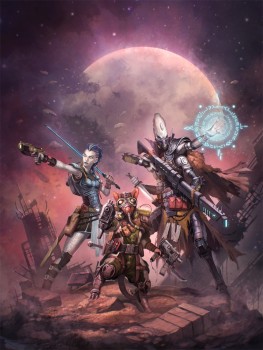
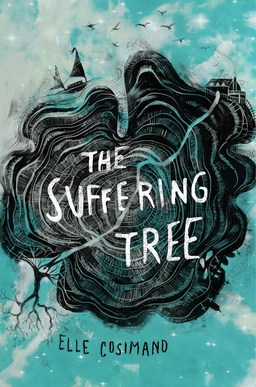
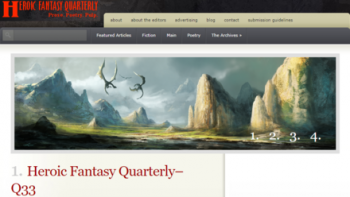
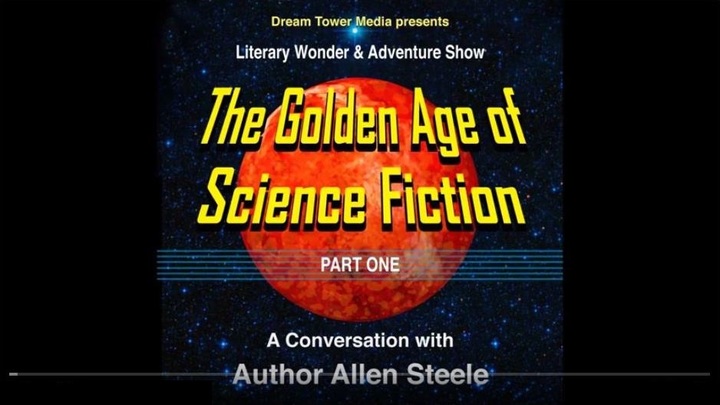

 I had an odd schedule on Sunday, July 17. There were two movies I wanted to see. The first was a Chinese historical martial-arts film called The Final Master (Shi Fu), which played at noon. The second was a live-action Japanese manga adaptation, Tokyo Ghoul (Tôkyô gûru), and that played at 9:35 in the evening. I eventually decided to go to the Hall Theatre for the first movie, spend the afternoon doing errands, and return for the second movie in the evening. In the end, this turned out to be a good plan.
I had an odd schedule on Sunday, July 17. There were two movies I wanted to see. The first was a Chinese historical martial-arts film called The Final Master (Shi Fu), which played at noon. The second was a live-action Japanese manga adaptation, Tokyo Ghoul (Tôkyô gûru), and that played at 9:35 in the evening. I eventually decided to go to the Hall Theatre for the first movie, spend the afternoon doing errands, and return for the second movie in the evening. In the end, this turned out to be a good plan.